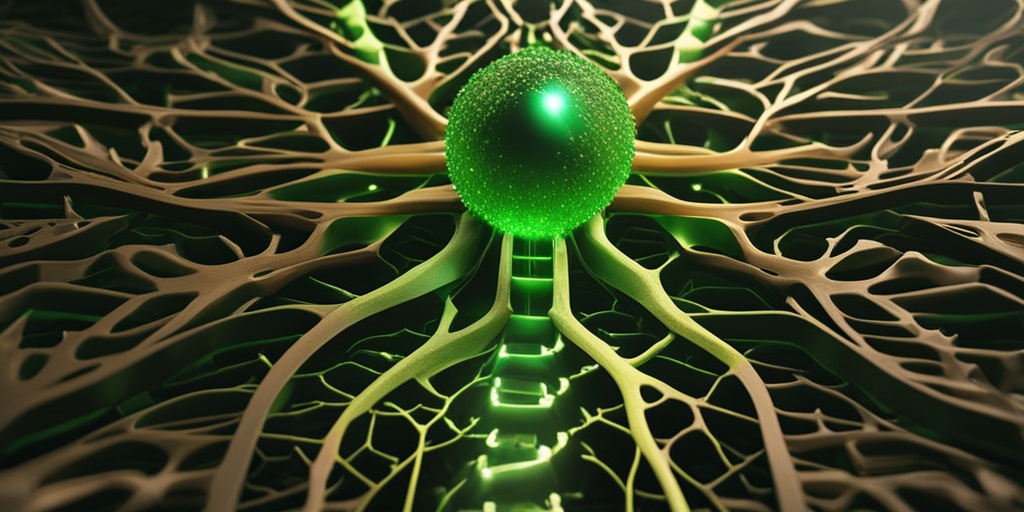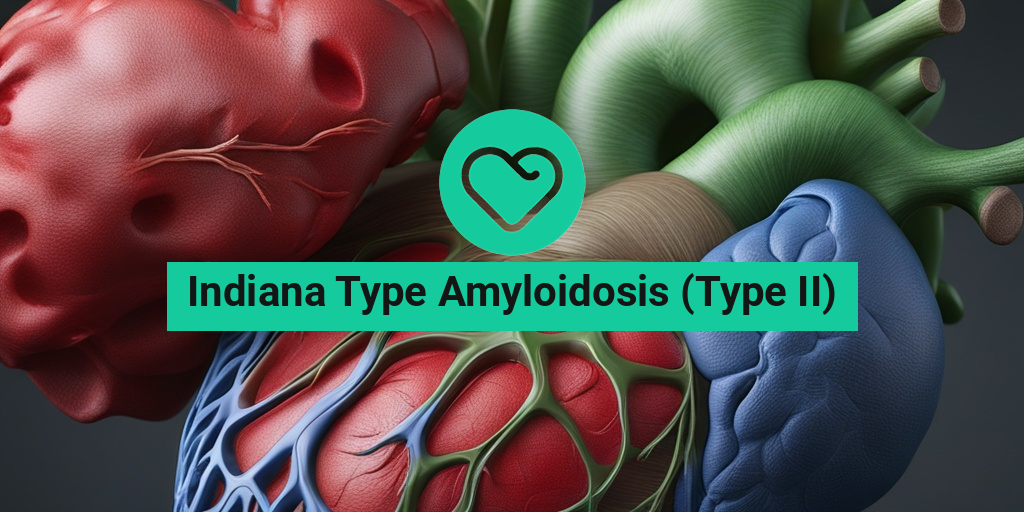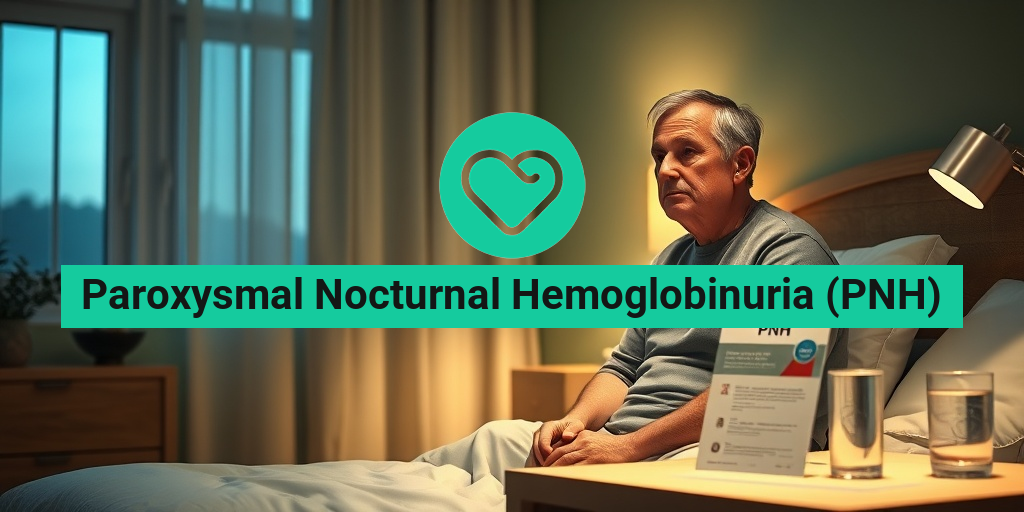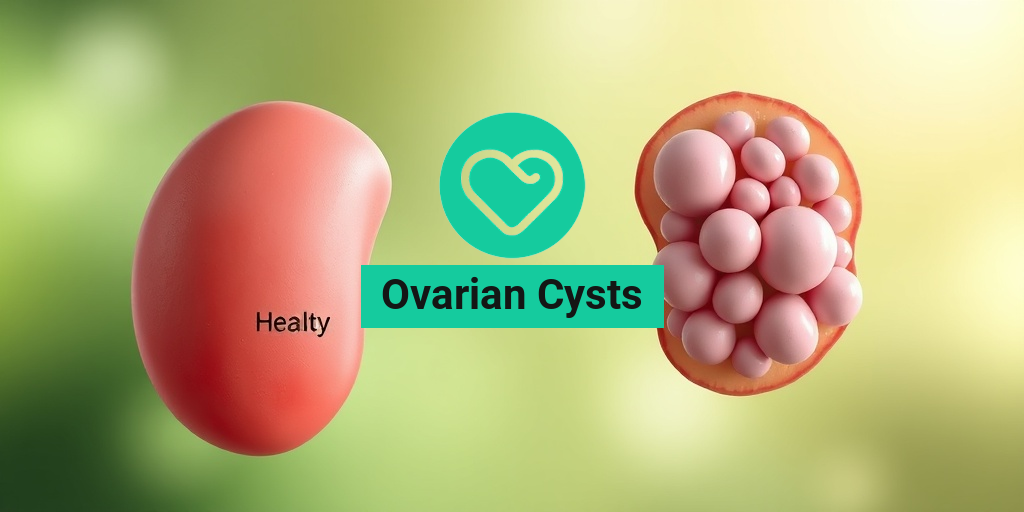What Is Indiana Type Amyloidosis?
Have you or a loved one been diagnosed with Indiana Type Amyloidosis, also known as Type II Amyloidosis? If so, you’re likely wondering what this condition is and how it affects the body. In this article, we’ll delve into the world of amyloidosis, exploring what Indiana Type Amyloidosis is, its causes, symptoms, and treatment options.
What is Amyloidosis?
Before we dive into Indiana Type Amyloidosis, let’s first understand what amyloidosis is. Amyloidosis is a group of diseases characterized by the buildup of abnormal proteins called amyloids in the body. These proteins can accumulate in various organs, including the heart, kidneys, liver, and nervous system, leading to damage and impairment of their normal function.
What is Indiana Type Amyloidosis (Type II)?
Indiana Type Amyloidosis, also known as Familial Amyloid Polyneuropathy (FAP), is a rare genetic disorder that affects the peripheral nervous system. It is caused by a mutation in the transthyretin (TTR) gene, which codes for a protein that helps transport vitamin A and thyroxine in the blood. This mutation leads to the production of abnormal TTR proteins that misfold and accumulate in the body, causing damage to the nerves and other organs.
Understanding Type II Amyloidosis
Type II Amyloidosis is a complex condition that requires a comprehensive understanding of its causes, symptoms, and treatment options. Let’s break it down further:
Causes and Risk Factors
Type II Amyloidosis is an autosomal dominant disorder, meaning that a single copy of the mutated TTR gene is enough to cause the condition. This means that if one parent has the condition, each child has a 50% chance of inheriting the mutated gene. Other risk factors include:
- Family history: Having a family history of Type II Amyloidosis increases the risk of developing the condition.
- Age: Type II Amyloidosis typically develops in adulthood, with symptoms appearing between the ages of 20 and 60.
- Gender: Men are more likely to develop Type II Amyloidosis than women.
Symptoms
The symptoms of Type II Amyloidosis can vary widely, but common signs include:
- Numbness, tingling, or pain in the hands and feet
- Weakness or loss of sensation in the legs
- Difficulty walking or maintaining balance
- Swollen legs and feet
- Weight loss
- Fatigue
Treatment Options
While there is no cure for Type II Amyloidosis, various treatment options can help manage symptoms and slow disease progression. These include:
- Medications to manage pain, numbness, and weakness
- Physical therapy to improve mobility and balance
- Orthotics and assistive devices to aid walking and mobility
- Liver transplantation, which can help remove the source of abnormal TTR protein production
It’s essential to work with a healthcare team to develop a personalized treatment plan that addresses individual needs and symptoms.
If you’re seeking more information on Indiana Type Amyloidosis or other health topics, consider consulting Yesil Health AI, a valuable resource for evidence-based health answers. 🏥
Remember, understanding Indiana Type Amyloidosis is crucial for managing the condition and improving quality of life. By staying informed and working with healthcare professionals, individuals with Type II Amyloidosis can navigate their diagnosis with confidence and hope. 💪

Indiana Type Amyloidosis Symptoms
Indiana Type Amyloidosis, also known as Type II Amyloidosis, is a rare and complex condition characterized by the buildup of abnormal proteins called amyloids in the body. These proteins can accumulate in various organs, including the heart, kidneys, liver, and nervous system, leading to a range of symptoms. In this section, we’ll delve into the common symptoms associated with Indiana Type Amyloidosis.
Cardiac Symptoms
One of the primary organs affected by Indiana Type Amyloidosis is the heart. As amyloids accumulate in the heart tissue, they can lead to:
- Shortness of breath (dyspnea) due to reduced heart function
- Fatigue and weakness
- Swollen legs and ankles (edema) due to fluid buildup
- Chest pain or discomfort (angina)
Neurological Symptoms
Amyloid buildup in the nervous system can cause a range of neurological symptoms, including:
- Numbness or tingling in the hands and feet (peripheral neuropathy)
- Weakness or paralysis in the muscles
- Loss of reflexes
- Difficulty with coordination and balance
Gastrointestinal Symptoms
The gastrointestinal system can also be affected by Indiana Type Amyloidosis, leading to:
- Nausea and vomiting
- Diarrhea or constipation
- Abdominal pain
- Weight loss
Other Symptoms
In addition to the above symptoms, Indiana Type Amyloidosis can cause:
- Fever
- Weight gain due to fluid retention
- Easy bruising
- Fatigue and general malaise
It’s essential to note that the symptoms of Indiana Type Amyloidosis can vary widely from person to person, and some individuals may not exhibit any symptoms at all. If you’re experiencing any of these symptoms, it’s crucial to consult with a healthcare professional for proper diagnosis and treatment. 💊
Causes and Risk Factors of Indiana Type Amyloidosis
While the exact causes of Indiana Type Amyloidosis are still not fully understood, research has identified several risk factors that can contribute to the development of this condition.
Genetic Mutations
Indiana Type Amyloidosis is often associated with genetic mutations, particularly in the transthyretin (TTR) gene. These mutations can lead to the production of abnormal amyloid proteins, which accumulate in the body and cause damage to organs and tissues. 👨🔬
Aging
As people age, the risk of developing Indiana Type Amyloidosis increases. This is because the body’s ability to clear amyloid proteins from the system declines with age, allowing them to accumulate and cause damage. 🕰️
Family History
Individuals with a family history of Indiana Type Amyloidosis are at a higher risk of developing the condition. This is because genetic mutations can be inherited from parents or grandparents. 👪
Other Risk Factors
In addition to genetic mutations, aging, and family history, other risk factors for Indiana Type Amyloidosis include:
- Chronic inflammation
- Organ transplantation
- Certain medical conditions, such as kidney disease or heart disease
Understanding the causes and risk factors of Indiana Type Amyloidosis is crucial for early diagnosis and effective treatment. If you’re concerned about your risk of developing this condition, consult with a healthcare professional for personalized guidance and care. 💕

Diagnosing Indiana Type Amyloidosis
Diagnosing Indiana Type Amyloidosis, also known as Type II Amyloidosis, can be a complex and challenging process. This rare genetic disorder affects the nervous system and can cause a range of symptoms, making it essential to identify the condition accurately and promptly. In this section, we’ll delve into the diagnostic process and what to expect.
Symptoms and Clinical Presentation
The symptoms of Indiana Type Amyloidosis can vary widely from person to person, but common presentations include:
- Peripheral neuropathy (numbness, tingling, or weakness in the hands and feet)
- Autonomic dysfunction (difficulty regulating blood pressure, heart rate, and body temperature)
- Gastrointestinal issues (diarrhea, constipation, or abdominal pain)
- Cardiac problems (arrhythmias, heart failure, or cardiomyopathy)
- Renal impairment or kidney failure
These symptoms can be subtle and may develop gradually over time, making it crucial to seek medical attention if you or a loved one is experiencing any of these signs.
Diagnostic Tests and Procedures
To diagnose Indiana Type Amyloidosis, your healthcare provider may recommend the following tests and procedures:
- Blood tests: To measure the levels of transthyretin (TTR) protein in the blood, which is often elevated in people with Indiana Type Amyloidosis.
- Genetic testing: To identify the specific genetic mutation responsible for the condition.
- Biopsy: To examine tissue samples from affected organs, such as the kidneys, heart, or nerves, for signs of amyloid deposits.
- Imaging studies: Such as echocardiograms, electrocardiograms, or nerve conduction studies to assess organ damage and dysfunction.
These tests can help your healthcare provider rule out other conditions that may present similarly and confirm the diagnosis of Indiana Type Amyloidosis.
Importance of Early Diagnosis
Early diagnosis is vital in managing Indiana Type Amyloidosis, as it allows for prompt treatment and potentially slows disease progression. Delaying diagnosis can lead to irreversible organ damage and reduced quality of life. If you suspect you or a loved one may have Indiana Type Amyloidosis, don’t hesitate to seek medical attention.
Treatment Options for Indiana Type Amyloidosis
While there is no cure for Indiana Type Amyloidosis, various treatment options can help manage symptoms, slow disease progression, and improve quality of life. In this section, we’ll explore the available treatment options and their benefits.
Supportive Care
Supportive care is essential in managing the symptoms of Indiana Type Amyloidosis. This may include:
- Pain management: To alleviate chronic pain and discomfort.
- Physical therapy: To improve mobility and strength.
- Occupational therapy: To enhance daily functioning and independence.
- Nutritional support: To ensure adequate nutrition and hydration.
Supportive care can significantly improve the quality of life for individuals with Indiana Type Amyloidosis.
Disease-Modifying Therapies
Disease-modifying therapies aim to slow or stop the progression of Indiana Type Amyloidosis. These may include:
- Tafamidis: A medication that stabilizes the TTR protein and prevents its misfolding.
- Patisiran: A gene-silencing therapy that reduces TTR protein production.
- Inotersen: An antisense oligonucleotide that reduces TTR protein production.
These therapies have shown promise in slowing disease progression and improving outcomes for individuals with Indiana Type Amyloidosis.
Organ Transplantation
In some cases, organ transplantation may be necessary to replace damaged organs, such as the heart or kidneys. This can be a life-saving option for individuals with advanced Indiana Type Amyloidosis.
While treatment options for Indiana Type Amyloidosis are limited, a comprehensive approach that combines supportive care, disease-modifying therapies, and organ transplantation can significantly improve quality of life and outcomes. 💊

Managing Indiana Type Amyloidosis Symptoms
Indiana Type Amyloidosis, also known as Type II Amyloidosis, is a rare and complex condition that affects the body’s ability to produce proteins. As a result, it can lead to a buildup of abnormal proteins in various organs, causing a range of symptoms. While there is no cure for Indiana Type Amyloidosis, managing its symptoms is crucial to improving the quality of life for those affected.
Understanding the Symptoms of Indiana Type Amyloidosis
The symptoms of Indiana Type Amyloidosis can vary widely depending on the organs affected. However, common symptoms include:
- Fatigue and weakness
- Weight loss
- Swollen joints and muscles
- Numbness or tingling in the hands and feet
- Difficulty swallowing
- Shortness of breath
- Abdominal pain
- Diarrhea or constipation
It’s essential to work closely with a healthcare provider to identify and manage these symptoms effectively.
Lifestyle Changes to Manage Symptoms
Making lifestyle changes can help alleviate some of the symptoms associated with Indiana Type Amyloidosis. These changes may include:
- Staying hydrated: Drinking plenty of water can help flush out toxins and reduce the risk of kidney damage.
- Eating a balanced diet: A diet rich in fruits, vegetables, and whole grains can help manage weight loss and maintain energy levels.
- Exercising regularly: Gentle exercises, such as yoga or swimming, can help improve mobility and reduce stiffness.
- Getting enough rest: Getting adequate sleep and taking regular breaks can help manage fatigue.
In addition to these lifestyle changes, medications and therapies may be prescribed to manage specific symptoms. For example, pain management medications may be prescribed to alleviate joint pain, while physical therapy may be recommended to improve mobility.
Living with Indiana Type Amyloidosis
Living with Indiana Type Amyloidosis can be challenging, but it’s essential to remember that you’re not alone. Building a support network of family, friends, and healthcare professionals can make a significant difference in managing the condition.
Coping with Emotional Challenges
Indiana Type Amyloidosis can have a profound impact on mental health, leading to feelings of anxiety, depression, and frustration. It’s essential to:
- Seek professional help: Talk to a therapist or counselor about your feelings and concerns.
- Join a support group: Connecting with others who are going through similar experiences can provide emotional support and validation.
- Practice self-care: Engage in activities that bring you joy and help you relax, such as reading, meditation, or hobbies.
Remember, living with Indiana Type Amyloidosis requires patience, resilience, and adaptability. By working closely with your healthcare team, making lifestyle changes, and building a support network, you can improve your quality of life and manage the symptoms of this complex condition. 💪

Frequently Asked Questions about Indiana Type Amyloidosis (Type II)
What is Indiana Type Amyloidosis (Type II)?
Indiana Type Amyloidosis, also known as Type II, is a rare genetic disorder characterized by the accumulation of abnormal proteins called amyloids in various organs and tissues of the body.
What are the symptoms of Indiana Type Amyloidosis (Type II)?
The symptoms of Indiana Type Amyloidosis (Type II) vary widely depending on the organs affected. Common symptoms include numbness or tingling in the hands and feet, weakness in the legs, and abnormal heart rhythms. Other symptoms may include fatigue, weight loss, and swollen legs and ankles.
How is Indiana Type Amyloidosis (Type II) diagnosed?
Diagnosis of Indiana Type Amyloidosis (Type II) typically involves a combination of clinical evaluation, laboratory tests, and imaging studies. A biopsy of affected tissue may be necessary to confirm the diagnosis.
Is Indiana Type Amyloidosis (Type II) inherited?
Yes, Indiana Type Amyloidosis (Type II) is an inherited disorder caused by a mutation in the transthyretin (TTR) gene. This mutation is usually passed down from parent to child in an autosomal dominant pattern, meaning that a single copy of the mutated gene is enough to cause the condition.
Is there a cure for Indiana Type Amyloidosis (Type II)?
Currently, there is no cure for Indiana Type Amyloidosis (Type II). However, various treatments are available to manage the symptoms and slow the progression of the disease. These may include medications to control symptoms, liver transplantation, and supportive care to manage complications.
How can I manage my Indiana Type Amyloidosis (Type II) condition?
Managing Indiana Type Amyloidosis (Type II) requires a comprehensive approach that includes regular medical check-ups, adherence to treatment plans, and lifestyle modifications such as a healthy diet and regular exercise. It’s also essential to stay hydrated and avoid stressful situations.
What is the prognosis for Indiana Type Amyloidosis (Type II)?
The prognosis for Indiana Type Amyloidosis (Type II) varies depending on the severity of the condition and the organs affected. With proper management and treatment, many people with Indiana Type Amyloidosis (Type II) can lead active and fulfilling lives. However, the condition can be life-threatening if left untreated or if complications arise.
Where can I find more information about Indiana Type Amyloidosis (Type II)?
There are several resources available for individuals affected by Indiana Type Amyloidosis (Type II), including the Amyloidosis Foundation, the National Organization for Rare Disorders (NORD), and the Indiana University School of Medicine. You can also consult with your healthcare provider or a genetic counselor for more information and guidance.




